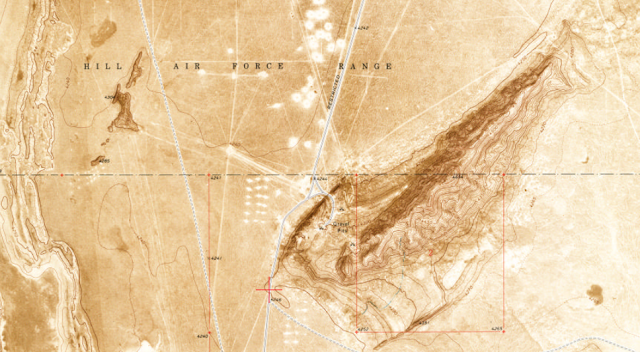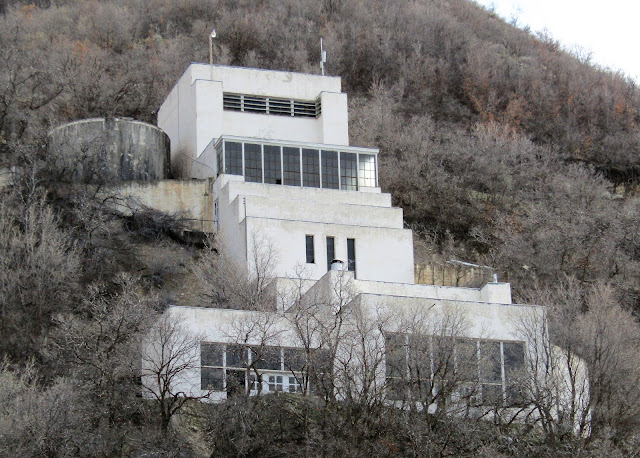Redlining Salt Lake City - The Legacy of Racist and Classist Housing Policy in the 1930s
by Peter
I want to start this post off by saying that I will almost certainly not do this subject justice. I have not really spent the time to properly engage with this subject, and I will certainly be leaving out important sources and perspectives, as I only have a limited amount of time to spend on this. That said, I though the map that I'm including in this post is important in understanding the current makeup of Salt Lake City and the historic inequality between the east and west.
I should also note that the data for the map included in this post comes from the University of Richmond's Mapping Inequality: Redlining in New Deal America. They've done all the hard work here. I have simply adapted the data to be visible in a Google Map, so that it is easier to compare to existing neighborhoods.
After the election of Franklin D. Roosevelt, during the first 100 days when many significant pieces of the New Deal were passed, Congress created the Home Owners' Loan Corporation (HOLC) to rescue struggling banks and mortgage holders. The HOLC standardized many of the processes around borrowing to buy a home, including the use of appraisals to determine a home's value.
With the assistance of local bankers, real estate agents, and city officials, the HOLC also created maps of any city with over 40,000 residents that outlined which neighborhoods were felt to be suitable for mortgages, and which were poor investments.
The criteria used to grade neighborhoods from A (Best), through B (Still Desirable), C (Definitely Declining), and D (Hazardous) included the age and upkeep of the housing stock, neighborhood amenities such as parks, the prospect of rent, and the nearness or encroachment of commercial and industrial facilities, particularly if the area was in what Salt Lake City officials called "the Smoke Zone."
More difficult for us to understand now, was the downgrading of neighborhoods based on the concentration of minorities, particularly black residents and immigrants. In addition to these racial categories, the neighborhoods were also classified based on the socioeconomic class of their residents: the more factory workers and laborers a neighborhood had, the less desirable it was, whether the homes were well-maintained or not.
Based on these maps created by HOLC, banks limited the areas of a city where they would provide mortgages, or sometimes increased the costs of those mortgages to exorbitant levels. Because these neighborhoods tended to have disproportionate numbers of minority residents, this had the effect of limiting the ability of African Americans and others to buy homes, reducing their ability to accrue wealth through appreciation of the major asset in most Americans' lives.
Salt Lake City and Ogden both had HOLC maps created, the only cities in Utah large enough for the effort. Below you can find a map of Salt Lake City showing the neighborhood grades give by HOLC. There is a clear divide between east and west. Only one neighborhood west of Main Street achieves a B grade, and only one east of Main Street has a grade of D.
Unsurprisingly, but still kind of shocking to read, this section, D1, includes the note, "In the southwest corner of this section is found the only concentration of negros in the city."
I'm not a resident of Salt Lake City, and I don't pretend to have a knowledge of the current state of its neighborhoods. But, any resident of Utah who pays attention to the news knows that there is a divide between the east and the west, with the west having a higher concentration of minorities and an unequal division of resources across the city. It seems clear from the map below that this inequity is continuing the long-standing legacy of the racist and classist housing policies of the past.


Comments
Post a Comment